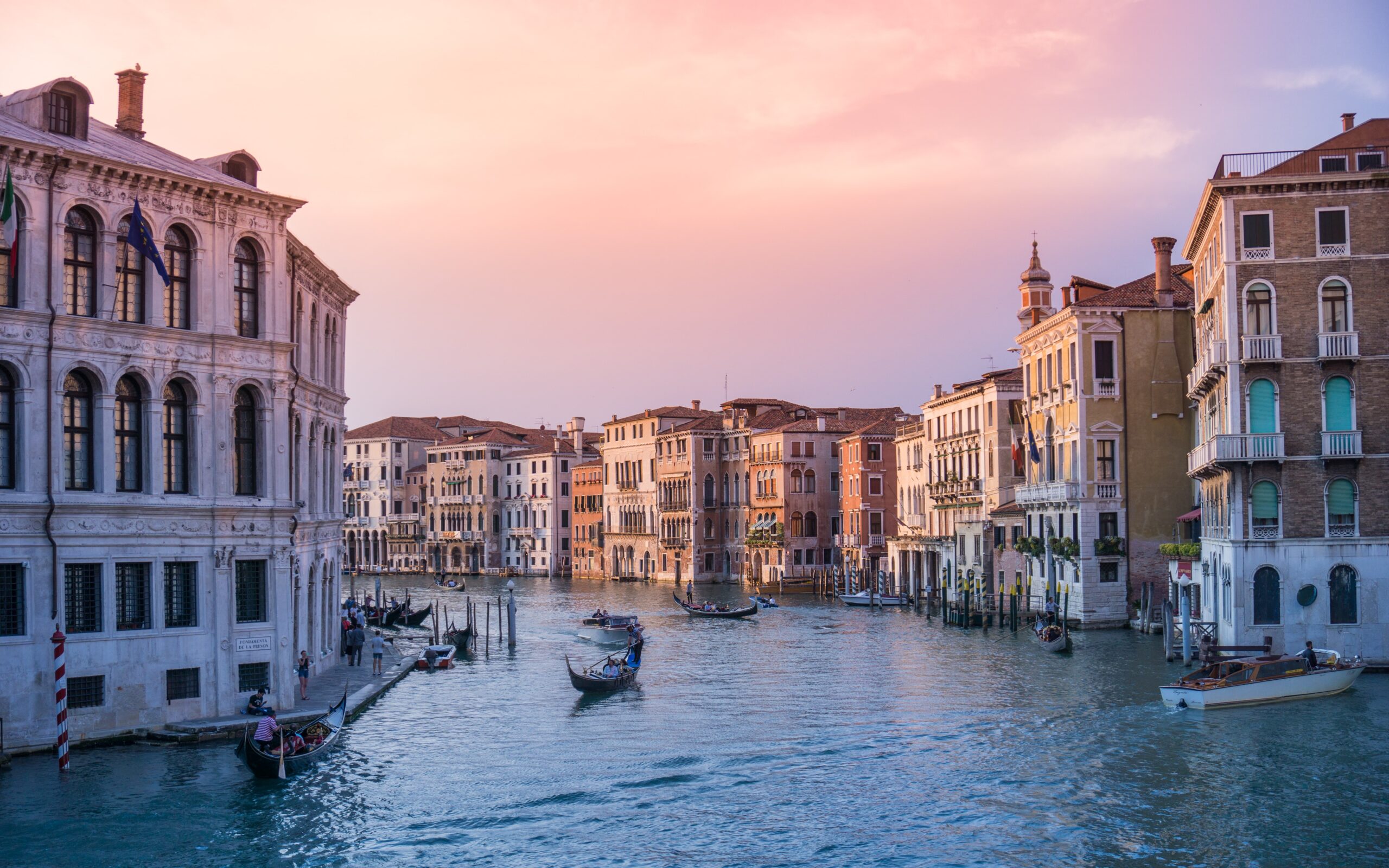
Italy is a stunning country that boasts a rich history, beautiful architecture, delicious cuisine, and unparalleled scenery.
For many travelers, it’s a dream destination, but before booking a flight and packing your bags, it’s important to consider how much a trip to Italy will cost.
In this blog post, we will break down the various expenses you may incur while traveling in Italy and help you budget for a memorable trip.
How Much Does it Cost to Explore Italy?
Transportation Costs
Getting to Italy is the first step, and the cost will vary depending on your point of origin.
If you’re flying from the United States, expect to pay around $600 to $1,500 per person, round trip.
However, you may be able to find cheaper flights during the off-season or by being flexible with your travel dates.
Once in Italy, transportation costs will depend on how you plan to get around.
The train is a popular and affordable option, with a one-way ticket from Rome to Florence costing around $40 per person.
Buses and taxis are also readily available but can be more expensive.
If you plan to rent a car to explore the countryside, expect to pay around $30 to $50 per day for a small car.
Keep in mind that gas prices in Italy are higher than in the United States, so budget accordingly.
Accommodation Costs
Hotels, hostels, and vacation rentals are all popular accommodation options in Italy, with prices varying depending on the city and season.
Expect to pay around $80 to $150 per night for a mid-range hotel in Rome or Florence, while budget-friendly hostels may cost around $20 to $40 per night.
Airbnb and other vacation rentals are also widely available, with prices ranging from $50 to $300 per night depending on the location and size of the rental.
Keep in mind that vacation rentals may require a security deposit, cleaning fee, or other additional costs.
Food and Drink Costs
Italian cuisine is world-renowned, and it’s a big part of any trip to Italy. Expect to pay around $10 to $20 per person for a meal at a mid-range restaurant, with prices higher in popular tourist areas.
Street food is a more affordable option, with a slice of pizza or a gelato cone costing around $2 to $5.
Alcohol is also popular in Italy, with a glass of wine or a beer costing around $5 to $8.
Keep in mind that many restaurants and bars charge a cover fee, so be sure to factor that into your budget.
Activity and Sightseeing Costs
Italy is full of historical landmarks, museums, and other attractions, so it’s important to budget for sightseeing costs.
Many museums and historical sites charge an entrance fee, with prices ranging from $10 to $25 per person.
Popular attractions such as the Colosseum and the Vatican Museums may have longer lines and higher prices, so be prepared for potential wait times and plan accordingly.
Tours are another popular way to see the sights, with prices ranging from $50 to $200 per person depending on the length and type of tour.
Keep in mind that some tours may not include entrance fees to certain attractions, so be sure to read the fine print before booking.
Miscellaneous Costs
There are a few other costs to consider when planning your trip to Italy.
Travel insurance is always a good idea to protect your investment, with prices ranging from $50 to $200 depending on the level of coverage.
If you plan to use your phone or other electronics while in Italy, you may incur roaming fees or need to purchase a local SIM card.
A local SIM card can cost around $20 to $30 and may include limited data or calling minutes.
Conclusion
Traveling to Italy can be an amazing and unforgettable experience, but it’s important to budget accordingly.
Transportation, accommodation, food and drink, activity and sightseeing, and miscellaneous costs can add up quickly, so it’s important to plan ahead and allocate your funds accordingly.
Remember, it’s always a good idea to research the specific costs for the cities and activities you plan to visit and be prepared for unexpected expenses.
With a little bit of planning and budgeting, you can have an incredible trip to Italy without breaking the bank.








